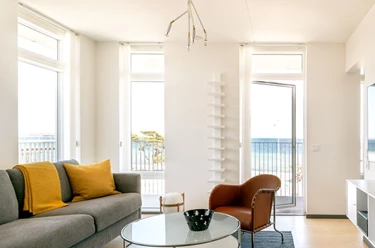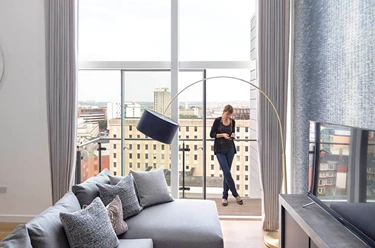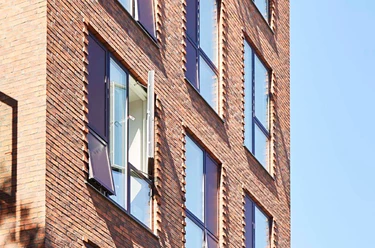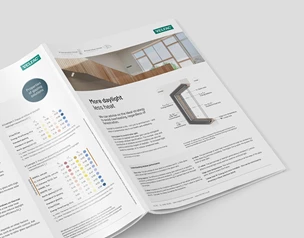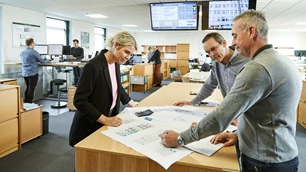VELFAC windows and doors are designed to deliver comfortable spaces in which to live or work, and our expert team can optimise window performance for every room by tailoring specification to reflect window position, room orientation and specific requirements. Selecting from over 10,000 glass types, we determine the ideal balance of window and glass to achieve the desired result, providing the holistic consultancy required to deliver an energy efficient and comfortable building.
The VELFAC composite glazing system is designed to meet – and exceed – current building regulations for energy performance, enhancing sustainability, off-setting other costs, and contributing to sustainability accreditations such as BREEAM.
We are experts in calculating the energy performance of our glazing system and can provide:
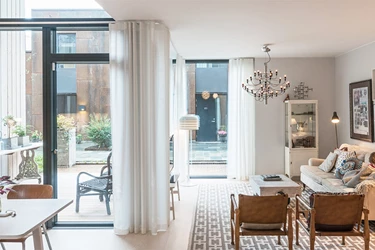
![]()
